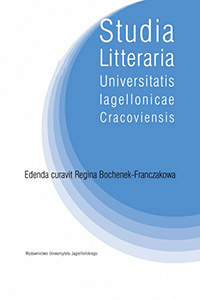Translating Shakespeare, Translating Culture: Text, Paratext, and the Challenges of Recreating Cultural Meanings in Text and on Stage
Translating Shakespeare, Translating Culture: Text, Paratext, and the Challenges of Recreating Cultural Meanings in Text and on Stage
Author(s): Paula Baldwin LindSubject(s): Theatre, Dance, Performing Arts, Studies of Literature, Semantics, Sociology of Culture, Translation Studies
Published by: Wydawnictwo Uniwersytetu Jagiellońskiego
Keywords: Shakespeare; translation for the stage; cultural elements; The Tempest;
Summary/Abstract: Translating a Shakespearean play into Spanish – whether that spoken in Spain or in Latin America – constitutes a complex process, as most translators reckon that the semantic transfer is especially challenging, not only because of the syntactic and linguistic differences between the source and the target language, but also because the English text belongs to a context that is geographically and culturally distant, especially in the case of Chile. In addition, due to the fact that Shakespearean texts are scripts to be performed, translators need to consider theatrical elements inherent in the dramatic text that go beyond the textual apparatus, and that may complicate their work. Taking The Tempest, translated into Spanish by two Chilean scholars in 2010, in this article I will argue that a successful translation of Shakespeare for the stage – a text that goes from the inter-lingual re-writing of the text to a cultural re-interpretation that speaks to a diversity of contemporary identities and audiences − should endeavour to be cultural, spatial, and collaborative; that is to say, that the translator should have a deep understanding of Elizabethan cultural elements that can be included in the translated text by means of paratexts − precise, relevant, and explanatory linguistic and historical notes that may shed light on directorial decisions once the play is performed, as well as consider the space where the play will be staged, and develop a collaborative system of work with translators, directors, and actors during the whole process.
Journal: Studia Litteraria Universitatis Iagellonicae Cracoviensis
- Issue Year: 13/2018
- Issue No: 3
- Page Range: 219-235
- Page Count: 17
- Language: English

